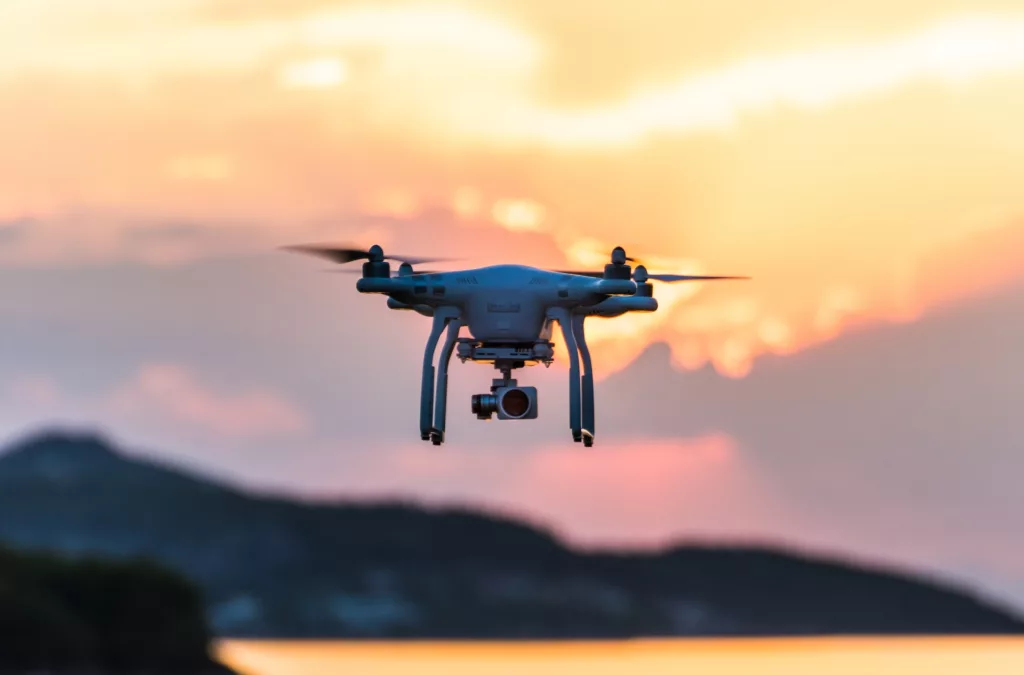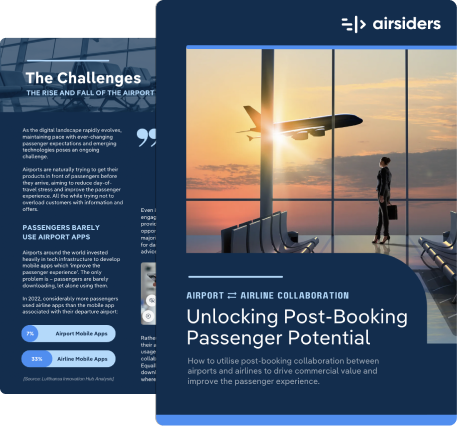From AI to Eco-Fuels: Top 10 Transformative Trends Shaping the Aviation Landscape in 2024
The aviation industry is a dynamic, ever-evolving sphere, constantly adapting to meet the demands of an increasingly global and interconnected world. As we move towards 2024, the industry is gearing up for significant transformations that will redefine how we travel, conduct business, and connect with one another. These shifts are powered by advancements in technology, changing geopolitical landscapes, and a renewed emphasis on sustainability.
In this article, we'll take a deep dive into the ten biggest trends set to reshape the aviation industry in 2024. We'll explore the rise of sustainable aviation fuels, the impact of geopolitical disruptions, the shift from air to rail, the potential global recession, and the role of artificial intelligence. We'll also delve into advanced air traffic management, the burgeoning Asian market, personalized passenger experiences, health and safety measures in the post-Covid era, and the exciting prospects of drone delivery and urban air mobility.
As we navigate these trends, our focus will be on how the industry can transform challenges into opportunities. We'll highlight the strategies that airlines and airports can adopt to stay ahead of the curve, delivering superior services to their customers while also driving growth and sustainability.
This comprehensive analysis will offer valuable insights for anyone associated with the aviation industry and those keen on understanding its future trajectory.
1. Sustainable Airline Fuels (SAF) and Bio-Fuels
SAFs have the potential to significantly reduce the carbon footprint of aviation. They are produced from sustainable resources such as waste oils and agricultural residues, offering a viable and environmentally friendly alternative to conventional jet fuels.
Airlines and airports must work together to develop the necessary infrastructure and logistics to accommodate this transition, ensuring that the switch to SAFs is both sustainable and economically viable.
The move to SAFs will also require regulatory support and incentives. Governments and aviation authorities can play a key role in facilitating this transition by providing policy frameworks and financial incentives that encourage the use of these fuels. For airlines, the switch to SAFs can offer significant benefits such as improved public image, potential cost savings in the long term, and alignment with global environmental goals.
Moreover, the use of SAFs can help airlines attract eco-conscious customers, who are increasingly considering the environmental impact of their travel choices. By offering greener travel options, airlines can differentiate themselves in a competitive market and enhance their customer appeal.
The Push Towards SAFs: Key issues
- Transition to SAFs to reduce CO2 emissions
- Development of infrastructure and logistics to support SAF usage
- Regulatory support for SAF adoption
Challenges and Possible Solutions
- High cost and limited availability of SAFs: Investment in SAF production and supply chain could reduce costs and increase availability.
- Regulatory barriers: Collaboration between airlines, governments, and regulatory bodies to develop supportive policies.

2. Geopolitical Disruption
In an increasingly interconnected world, geopolitical disruptions can have far-reaching effects on the aviation industry. From conflicts to economic sanctions, these disruptions can lead to sudden changes in oil prices, affecting the cost of jet fuel and ultimately the pricing of fares. Airlines need to develop robust strategies to manage these risks, including hedging fuel costs and dynamically adjusting routes and schedules based on evolving geopolitical situations.
Virtual interlining offers a promising solution to these challenges. By enabling airlines to provide seamless travel across multiple carriers, virtual interlining can help airlines adapt to sudden changes in routes due to geopolitical disruptions. This flexibility not only ensures service continuity but also enhances customer satisfaction by minimizing disruptions to their travel plans.
Moreover, airlines can leverage advanced data analytics and AI to predict and respond to geopolitical disruptions. By analyzing historical data and current geopolitical trends, these technologies can help airlines forecast potential disruptions and develop proactive strategies to mitigate their impact.
Navigating Geopolitical Challenges: Key Issues
- Development of strategies to manage risks associated with geopolitical disruptions
- Adoption of virtual interlining to maintain service continuity
Challenges and Possible Solutions
- Sudden changes in oil prices and flight routes: Leveraging data analytics and AI for predictive modeling and proactive decision-making.

3. The Shift from Air to Rail in the EU
The trend towards rail travel in Europe is driven by both environmental concerns and government policy. Rail travel generates significantly less CO2 emissions than air travel, making it a more sustainable option for short to medium distance travel. In response, many European governments (with France leading the charge on this issue) are encouraging this shift by investing in high-speed rail networks and implementing policies that discourage short-haul flights.
While this trend presents a challenge for airlines, it also offers opportunities. Airlines can partner with rail companies to offer seamless multi-modal travel experiences, combining the speed of air travel for long distances with the environmental benefits of rail travel for shorter segments. This can enhance customer convenience while also reducing the environmental impact of travel.
In addition, airlines can leverage their expertise in logistics and customer service to diversify into the rail sector. By offering high-quality rail services, airlines can not only retain their customer base but also attract new customers who prefer more sustainable travel options.
Embracing Multi-modal Travel: Key Issues
- Partnering with rail companies to offer seamless multi-modal travel experiences
- Leveraging airline expertise to diversify into rail sector
Challenges and Possible Solutions:
- Reduced demand for short-haul flights: Development of hybrid models combining air and rail travel for optimal efficiency and sustainability.

4. Economic Headwinds
The potential for a global recession presents significant challenges for the aviation industry. Reduced consumer spending can lead to a decrease in passenger movements, impacting airline revenues. In response, airlines need to develop flexible business models that can adapt to changing economic conditions. This includes offering more affordable travel options, optimizing routes based on demand, and finding ways to reduce operational costs.
In uncertain economic times, customer loyalty becomes even more important. Airlines need to focus on enhancing the customer experience, from booking to arrival, to ensure customer retention. This includes offering flexible booking options, providing exceptional customer service, and leveraging technology to streamline the travel process.
Moreover, airlines can explore new revenue streams to mitigate the impact of reduced passenger movements. This includes ancillary services such as in-flight entertainment and connectivity, premium seating options, and personalized services. By diversifying their revenue streams, airlines can better weather economic downturns and ensure long-term sustainability.
Adapting to Economic Uncertainties: Key Issues
- Development of flexible business models to adapt to changing economic conditions
- Focus on enhancing customer experience to ensure customer retention
Challenges and Possible Solutions
- Decrease in passenger movements and airline revenues: Diversification of revenue streams through ancillary services and partnerships.

5. Artificial Intelligence (AI) and Automation
AI and automation are transforming the aviation industry, offering numerous benefits including operational efficiency, cost savings, and improved customer experience. In aircraft maintenance, predictive analytics can help identify potential issues before they become major problems, reducing downtime and maintenance costs. In baggage handling, automation can speed up processing times and reduce the risk of lost or delayed baggage.
In customer service, AI can provide personalized experiences based on customer preferences and behaviors. This could include personalized marketing offers, tailored in-flight services, and dynamic pricing. By providing a more personalized service, airlines can enhance customer satisfaction and loyalty, driving increased revenues.
Moreover, AI can help airlines optimize their operations and decision-making. From dynamic route planning to demand forecasting, AI can provide valuable insights that enable airlines to operate more efficiently and effectively. As the technology continues to evolve, the possibilities for AI in aviation are virtually limitless.
Leveraging AI for Operational Efficiency: Key Issues:
- Use of predictive analytics for aircraft maintenance
- Automation of baggage handling processes
Challenges and Possible Solutions
- High upfront investment in AI technology: Exploration of partnership models or phased implementation to manage costs.
- Privacy concerns: Adoption of robust data governance practices to ensure privacy compliance and build customer trust.

6. Advanced Air Traffic Management
Advancements in air traffic management technologies are set to transform airspace systems, increasing efficiency, reducing delays, and enhancing safety. AI-powered aircraft routing can optimize flight paths, reducing fuel consumption and minimizing flight times. Dynamic airspace configurations, enabled by real-time data analysis, can adapt to changing traffic conditions, ensuring efficient use of airspace. And enhanced ground operations, leveraging automation and data analytics, can streamline airport processes, reducing turnaround times and improving passenger experience.
For airlines, these advancements can improve operational efficiency, reduce costs, and enhance service reliability. By reducing delays, airlines can ensure more on-time arrivals, enhancing customer satisfaction and loyalty. Furthermore, efficient air traffic management can enable more flights without requiring additional infrastructure, supporting growth without significant capital investment.
For airports, advanced air traffic management can enhance capacity and throughput, enabling them to handle more flights without compromising safety or efficiency. This can attract more airlines to the airport, driving revenue growth.
Moreover, by reducing ground delays, airports can improve the passenger experience, enhancing their reputation and competitiveness.
Transforming Airspace Systems: Key Issues
- AI-powered aircraft routing for optimal flight paths
- Dynamic airspace configurations for efficient use of airspace
Challenges and Possible Solutions
- High cost and complexity of implementing advanced technologies: Phased implementation and leveraging of partnerships to share costs and expertise.
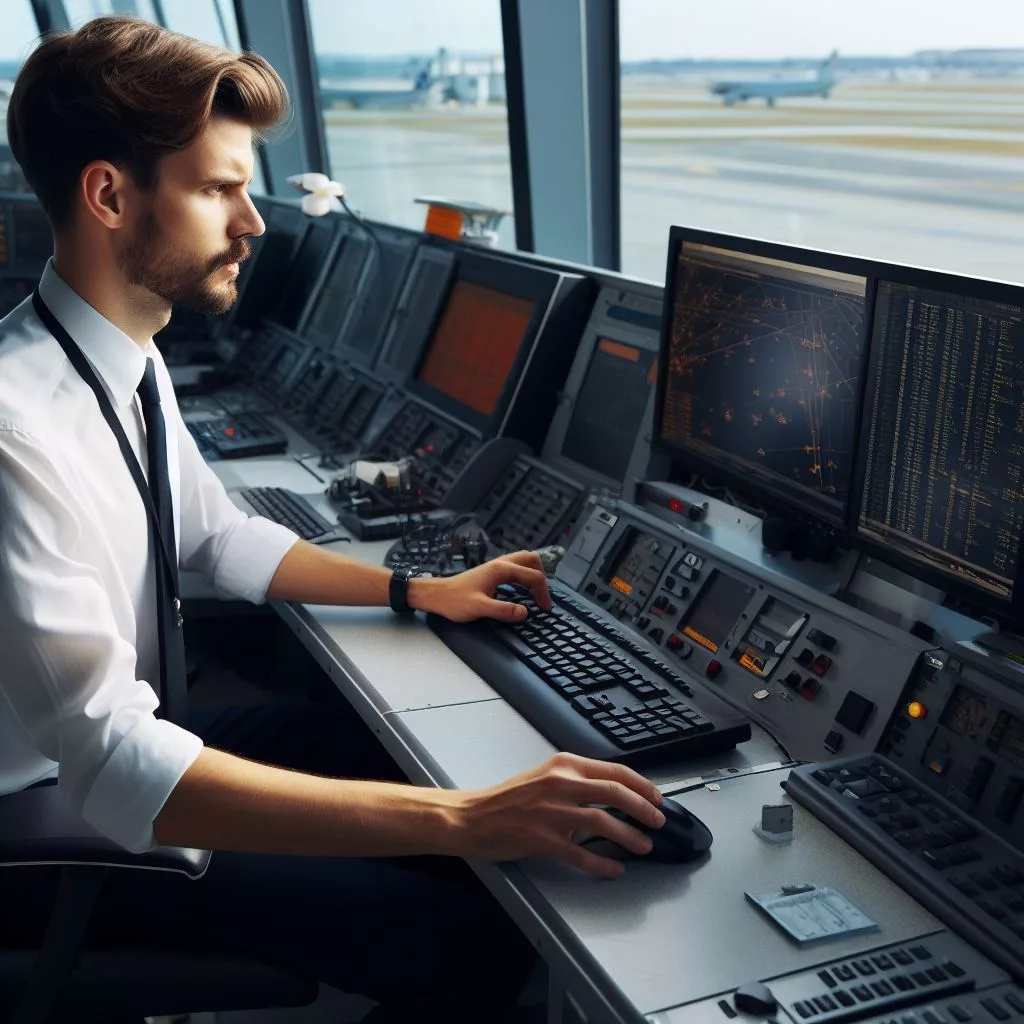
7. Rise of the Asian Market
Asia's growing middle class, with its increasing disposable income and appetite for travel, presents a significant opportunity for airlines and airports. Countries like China and India are seeing a surge in air travel demand, driven by economic growth and urbanization. To tap into this growing market, airlines need to understand the unique needs and preferences of Asian travelers and tailor their offerings accordingly.
However, the Asian market also presents challenges, including intense competition, regulatory hurdles, and infrastructure constraints. Success in this market requires a deep understanding of local cultures, business practices, and regulatory environments. Airlines need to build strong local partnerships and invest in market research to navigate these challenges and seize the opportunities.
Moreover, the rise of the Asian market is reshaping global aviation networks. Traditional hub airports in Europe and North America are facing competition from emerging hubs in Asia. To stay competitive, these traditional hubs need to adapt their strategies, focusing on service excellence, connectivity, and efficiency.
Tapping into the Asian Market: Key Issues
- Understanding the unique needs and preferences of Asian travelers
- Building local partnerships to navigate market challenges
Challenges and Possible Solutions
- Intense competition and regulatory hurdles: Deep market research and local partnerships to understand and navigate the market effectively.
- Virtual interlining technologies can enable smaller, regional airports to become more agile and offer additional connections and travel locations for passengers in expanding regions.
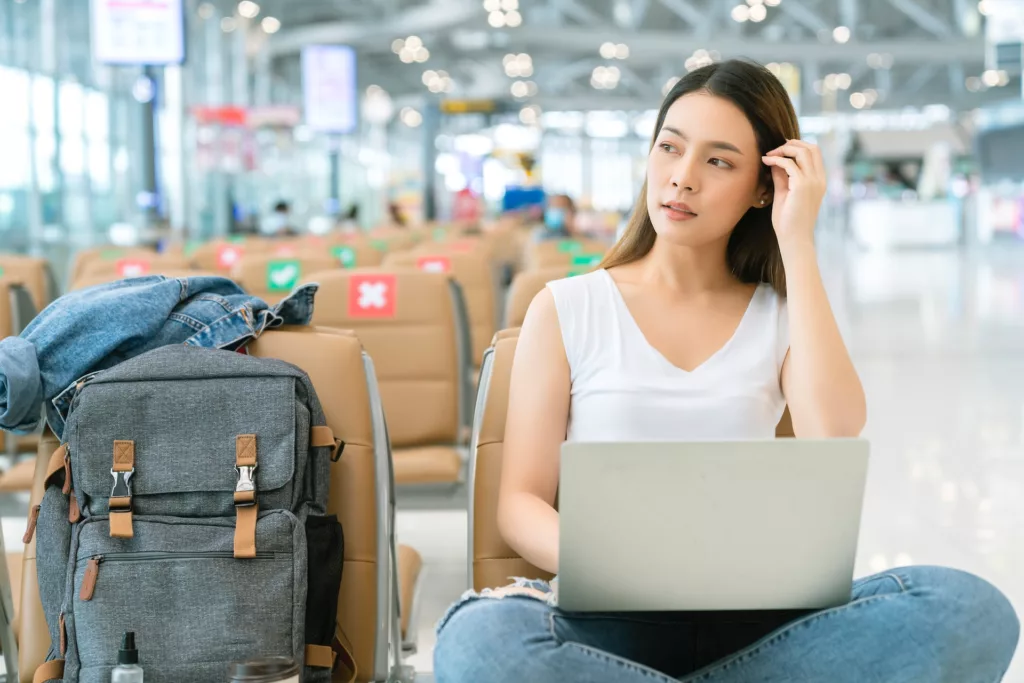
8. Personalized Passenger Experience
Personalization is becoming a key differentiator in the aviation industry. Thanks to advances in data analytics and AI, airlines can now understand their customers better than ever before. They can use this insight to provide personalized services and offers, enhancing customer satisfaction and loyalty.
For instance, airlines can tailor their marketing messages based on individual customer preferences and behaviors, increasing the effectiveness of their marketing efforts. They can also personalize inflight services, such as meal choices, entertainment options, and seating preferences, enhancing the travel experience.
However, personalization also raises privacy concerns. Airlines need to ensure that they handle customer data responsibly and transparently, complying with data protection regulations and respecting customer privacy. By doing so, they can build trust with their customers, which is crucial to the success of their personalization efforts.
Enhancing Customer Experience through Personalization: Key Issues
- Tailoring marketing messages and services based on customer preferences
- Leveraging data analytics to enhance personalization
Challenges and Possible Solutions
- Privacy concerns: Ensuring responsible and transparent handling of customer data to build trust and comply with regulations.

9. Health and Safety Measures Post-Covid
The Covid-19 pandemic has brought health and safety to the forefront of the aviation industry. Enhanced cleaning protocols, social distancing measures, and contactless technologies have become the norm, and are likely to remain so in the foreseeable future.
These measures not only protect passengers and staff, but also help to rebuild customer confidence in air travel. Airlines that prioritize health and safety can differentiate themselves from competitors and attract health-conscious travelers.
However, implementing these measures can also pose challenges, including increased operational complexity and costs. Airlines need to find ways to efficiently implement these measures without compromising operational efficiency or customer experience. This could involve leveraging technology, such as AI and automation, to streamline health and safety procedures.
Prioritizing Health and Safety: Key Issues
- Implementing enhanced cleaning protocols, social distancing measures, and contactless technologies
- Rebuilding customer confidence in air travel
Challenges and Possible Solutions
- Increased operational complexity and costs: Leveraging technology to streamline health and safety procedures and manage costs.
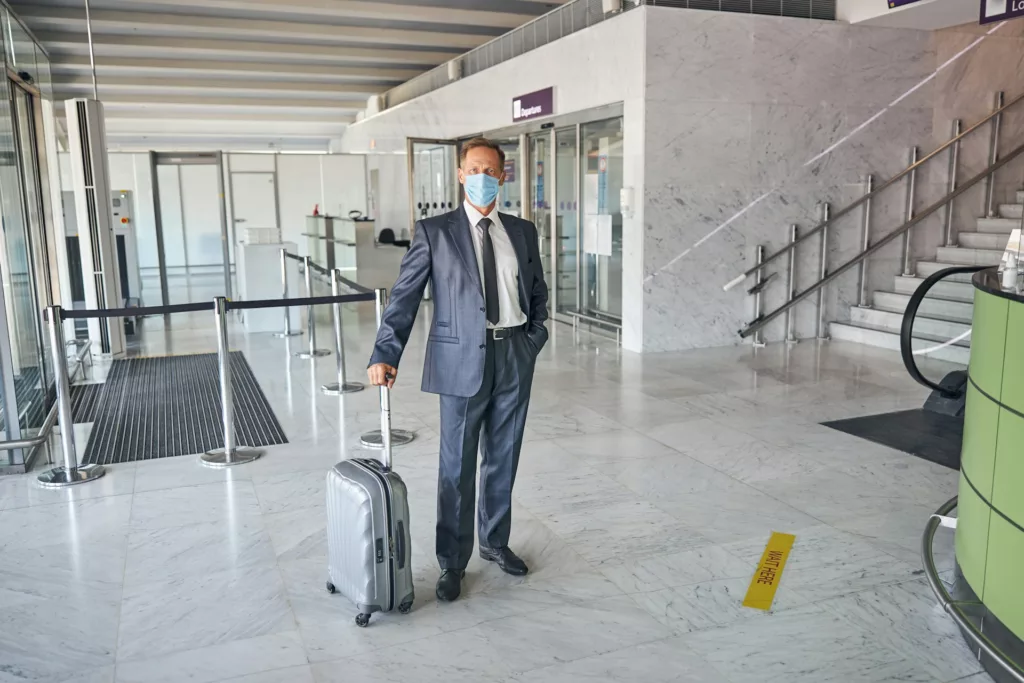
10. Drone Delivery and Urban Air Mobility
Drone delivery and urban air mobility are set to transform the aviation industry. Drones offer a fast and cost-effective way to deliver goods, particularly in urban areas with heavy traffic. For airlines and airports, this presents an opportunity to diversify their services and create new revenue streams.
Urban air mobility, which involves the use of small aircraft for short-distance travel in urban areas, could also become a reality in the near future. This could transform the way people travel, offering a fast and convenient alternative to traditional ground transportation.
However, these trends also present challenges, including regulatory hurdles, safety concerns, and public acceptance. Airlines and airports need to work with regulators, technology providers, and the public to address these challenges and make drone delivery and urban air mobility a reality.
Transforming Aviation with Drones and Urban Air Mobility
- Exploring drone delivery as a new service offering
- Preparing for the emergence of urban air mobility
Challenges and Possible Solutions
- Regulatory hurdles and safety concerns: Collaborating with regulators, technology providers, and the public to address safety and regulatory challenges.
